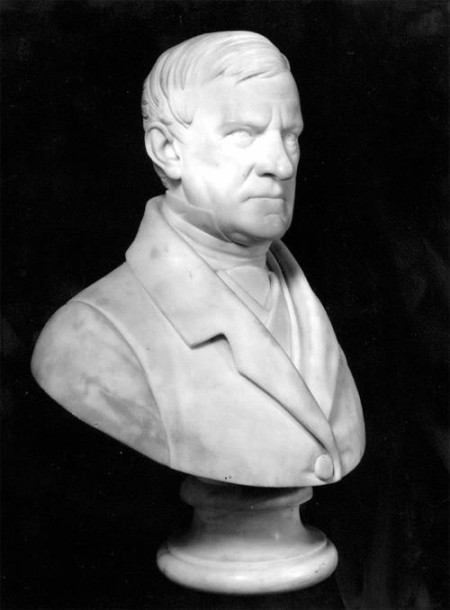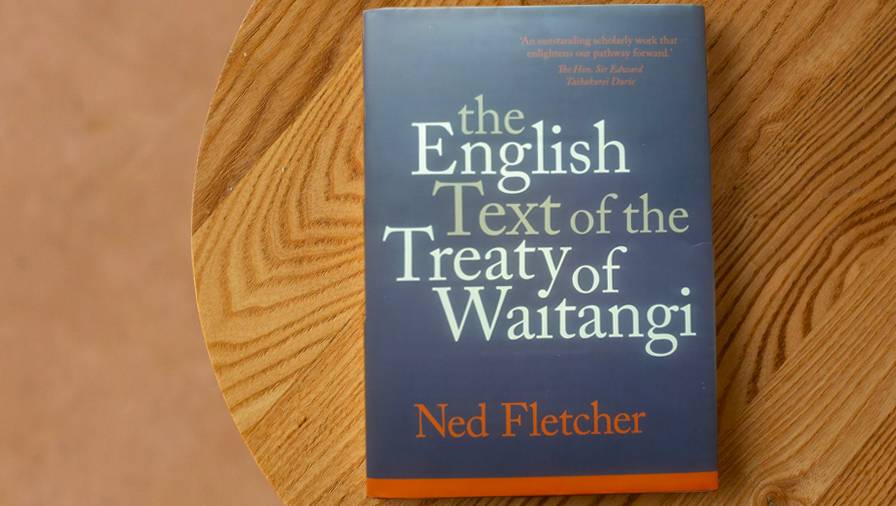The Crown and the Treaty: Back to basics
Legal historian argues good faith was overtaken by events.
NBR columnist Nevil Gibson speaks with Fiona Rotherham.
Legal historian argues good faith was overtaken by events.
NBR columnist Nevil Gibson speaks with Fiona Rotherham.
Among the few voices dissenting from tributes to Queen Elizabeth II was that of an Australian Green Senator, Mehreen Faruqi. She Tweeted: “I cannot mourn the leader of a racist empire built on stolen lives, land, and wealth of colonised people.”
Australians are famous for being blunt, so the comments were not precisely echoed in New Zealand. Te Pāti Māori MP Debbie Ngarewa-Packer came closest, saying a grieving period was not a time for a discussion about the relevance of the Crown. On Waitangi Day, her party announced a policy to remove the British royal family as head of state.
Tame Iti, who plays a suspect ‘terrorist’ leader in the new movie Muru, agreed it was time to “… whakamoea, put [the Crown] to sleep”.
Pakistan-born Faruqi’s claim of “stolen lives, land, and wealth” due to colonialism is widely held, not least by historians and other academics who also hold it in all areas of thought and practice – from literature, philosophy and politics to economics, psychology, and even medicine and science.
This “decolonisation” project has lately been manifested in efforts to expunge public recognition of politicians, writers, and others for their connections to slavery in the 18th and 19th centuries, when European imperial power spread across the globe.
The sweeping condemnations have ranged against explorers such as Columbus and Cook, leaders Napoleon and Churchill, and even Jane Austen, David Hume, and Adam Smith. It has prompted a pushback from historians, including France’s Biancamaria Fontana, who said: “The past must always be handled with great care.” Historians were like anthropologists, observing thoughts and actions from a distance.
One of the implications of this distance is that our understanding of the past is always, to some extent, faulty and deceptive: we struggle to make it as accurate as possible, but, in the end, we have to accept that we continue to observe it from the perspective of a parallel universe. (Biancamaria Fontana)
Fontana’s article can be found at the History Reclaimed website, run by conservative-minded historians who challenge the revisionism in modern historical scholarship. AUT’s Professor Paul Moon is the only New Zealand contributor. His Colonising New Zealand: A Reappraisal (2022) was on the shortlist for the website’s book of the year prize.
Due to its academic pricing, it is unlikely to be read widely, so here is History Reclaimed’s summary:
Colonisation is almost universally condemned now, but this book presents it as a process by which societies achieve an equilibrium with each other when they come into contact. This is the irreducible organising principle of all colonisation. It is organic, unwilled, and possesses an inner determination that transcends the best-laid schemes of every type of coloniser. The importance of this book lies in the new model it creates for interpreting colonisation, and how it reveals that the process is fundamentally the consequence of a Newtonian-type natural law rather than of ill-intent. (Paul Moon for History Reclaimed)
Moon’s approach has been boosted by publication of Ned Fletcher’s The English Text of the Treaty of Waitangi, a hefty tome (1.5kg) of some 720 pages including copious notes and an index. Fletcher is a lawyer who, with his wife, Natalie Walker, has a practice in South Auckland. He is also the son of businessman Hugh Fletcher and retired Chief Justice Sian Elias. 
Lawyer and legal historian Ned Fletcher.
The book examines the origins of the Treaty as a means of putting the expanding number of Europeans arriving in New Zealand up to 1840 under the rule of law while also guaranteeing the rights of Māori tribes to run their own affairs as subjects of Queen Victoria and the British Empire.
Unlike the revisionist historians he takes to task, Fletcher focuses on the motives of those who drew up the Treaty, translated it into te reo Māori, and persuaded many tribal chiefs in both islands to sign it.
He does not use the Treaty as a springboard for interpretations of later events or its incorporation into New Zealand’s legal system. By taking this position, he arrives at the conclusion it was conceived and executed in good faith. He does not attribute, as others have, that the parties to it had other motives.
In simple terms, he debunks views made popular in recent decades that the English and Māori versions of the Treaty are incompatible and based on dishonest intentions, thus fuelling social and political ill feeling.
The crucial evidence is how the British Resident in 1833, James Busby, viewed the Declaration of Independence in 1835 by the Confederation of United Tribes. They had agreed to a form of joint sovereignty, which they ceded to the British Crown in the Treaty, but each chief still retained control over their own tribe.
The ‘federated’ chiefs also acknowledged they lacked the ability to provide sufficient law and order because they did not constitute a government at the international level. The European population was only a few thousand. Busby was convinced a form of authority that protected the interests of both parties, particularly in the exercise of justice, could only exist in a treaty.
“Busby believed that Māori conceptions of justice were primitive, and that kin group loyalties and collective responsibilities for the action of individuals escalated disputes into war which the chiefs had insufficient authority to check,” Fletcher states.
The two other major contributors to the Treaty were the Consul and future Governor William Hobson, who despite his personal opinions on issues such as land purchase, largely carried out the instructions of the Colonial Office; and James Stephen, a public servant whom Fletcher describes as a “man of high intelligence, vast experience, wise judgment, and strong moral compass.”

James Stephen (1789-1859), who was under-secretary of the Colonial Office 1836-47.
Stephen was a strong anti-slavery advocate and had handled similar issues in Sierra Leone, West Africa. But in New Zealand he had an opportunity to guide colonial policy rather than react to existing problems. He resisted demands from politicians, missionaries, commercially minded immigrant organisations, and opinions published in newspaper columns.
Stephen’s role provides justification for Fletcher to conclude: “There is no good reason to doubt that the motive for British intervention in New Zealand was to establish government over British settlers for the protection of Māori.”
This contravenes the view that the interests of British settlers were equally influential. Fletcher challenges Claudia Orange’s statement that the Colonial Office was “motivated to protect the more respectable emigrants who would arrive in future…”
Overwork and poor health prematurely ended Stephen’s career at the Colonial Office in 1847, though he later moved into academia.
By then, other forces had dramatically changed the future of New Zealand. It was no longer an outpost that required protection for traders and whalers.
The pressure of migration from Europe added 27,500 settlers between 1840 and 1852, lifting the total population to 30,000.
Māori were soon outnumbered and this permanently swung the balance of power.

Nick Cater, author of The Lucky Culture and head of the Menzies Research Centre.
Which raises the relevance today of this dense, legalistic account, as the above insights represent just a morsel of what is on offer. The most important are Fletcher’s detached judgments based on the evidence available.
A foreword by Justice Sir Joe Williams suggests there is another side to the story, that of the Māori text. But this is unlikely to have the same scope, given the nature of the historical record.
As for the future of the British Crown in New Zealand’s constitutional structure, the recent transition from one head of state to another on death suggests a formula for stability that is second to none.
In Australia, a referendum on becoming a republic failed due to the lack of an acceptable alternative. Nick Cater, author of The Lucky Culture and head of the Menzies Research Centre, said a majority of Australians didn’t want a political head of state.
The Crown, embodied in King Charles III, has powers restricted by the Magna Carta. A republican head of state replacing a governor-general would not necessarily be so bound.
“Paradoxically, the presence of an unelected figure in such a powerful position … offers firm protection against tyranny, guarantees parliamentary freedom, and smooths the transfer of executive power,” Cater states. “The Crown transcends human frailties and earthly mortality.”
This is a powerful argument for the status quo, and one that will continue to make the relevance of the Treaty of Waitangi an issue into the future.

The English Text of the Treaty of Waitangi, by Ned Fletcher (Bridget Williams Books).
Nevil Gibson is a former editor at large for NBR. He has contributed film and book reviews to various publications.
This is supplied content and not paid for by NBR.